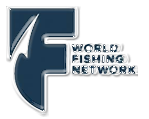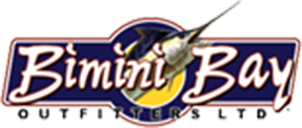Navigation
NAVIGATIONAL BASICS
Know Where You Are and Where You’re Going
By Capt. Bill Miller
It’s been said that any day in which you return safely from the sea is a good day. This is true, but good days depend greatly upon your preparation and attention to good seamanship.
Don’t worry if the wide assortment of electronic equipment seems overwhelming. High-tech instruments can provide a big help in finding your way to and from offshore destinations, but no boater should leave port without a fundamental knowledge of safety and navigation.
First, familiarize yourself with the waters on which you’ll be boating. Get a chart and ask other boaters about things like hidden obstructions, running hazards and how to get out of the channels. Invest the time to learn how to read a chart and plot a course. Modern GPS machines enable you buy navigational knowledge, but what would you do if the machine fails? Know how to do it manually and you’ll always be able to get the job done.
A famous navigational saying is: "You can’t know where you’re going, if you don’t know where you are." You should always have a way to know your position, so you can tell someone how to find you if you need help. The most accurate method is through GPS coordinates.
Occasionally, low-visibility weather conditions will complicate your navigation. Getting caught in fog or rain is scary. Everything looks
different and your mind plays tricks on you. Rather than panic when visibility decreases, just stop and figure out where you are. If you’re near the coast, try to locate a channel marker or a landmark, such as a coastal island and determine which way to go from there. (You’ll need a chart and a compass.)
My No. 1 rule for navigating in low visibility is “Always trust your compass.” Move anything magnetic away from your compass and then rely on what it tells you. Basic knowledge of the area might indicate that you need to go east toward land or a bridge. Once you find out where you are, you can tell which way leads home. If you can’t get your bearing, drop anchor and wait for the conditions to clear. Go slow in the fog or rain, as other boats may already be anchored.
Before a boating trip, check current and forecasted weather on television or the Internet. Prior to launching, establish a “float plan” of where you’re going and file this information with a trusted friend or relative. This way, folks at home have an idea of where you’ll be in case of trouble. Carry a cell phone and a ship-to-shore radio to ensure communication.
Get GPS readings on your channel and significant markers in the area so you can get to those and know where you are. Electronic navigation does not always work, so read a book, take a class or watch a video to learn some basic navigational skills. It will get you home and may save your life.
Be careful running offshore with a strong tailwind. It feels and looks
easy, but when you slow down to fish and then try and return home,it can get real nasty when the seas are suddenly slamming into your bow.
When you’re offshore, keep watch for storms and planning and exit strategy in your mind. GPS is a great tool. It can take you out in dark fog, etc. It has a plotter function that can draw a road map how to get home. Many GPS machines have a mapping functionthat will show you where you are on a map.































